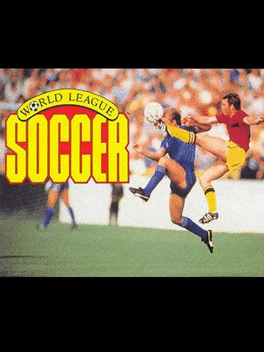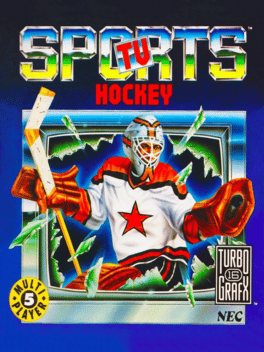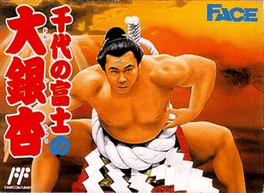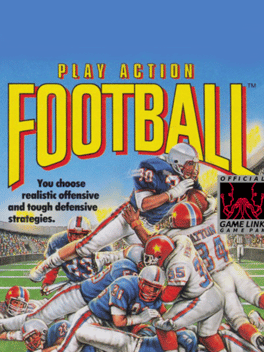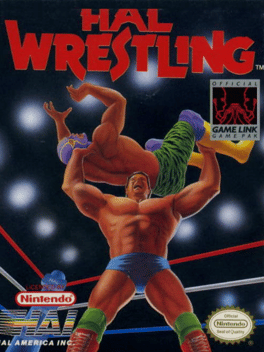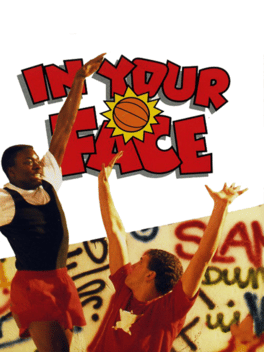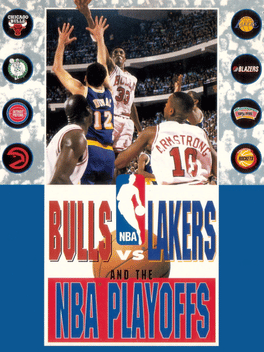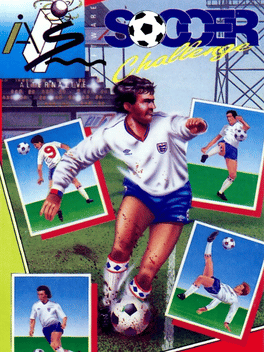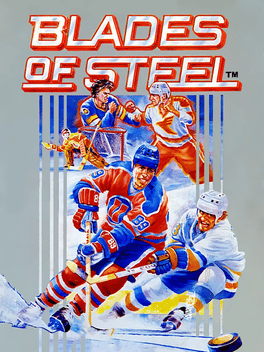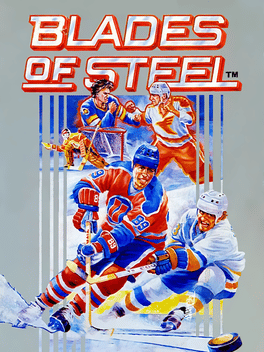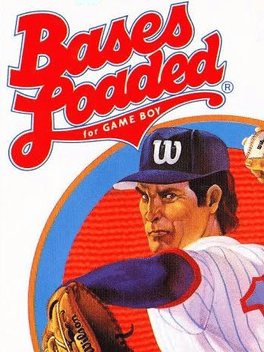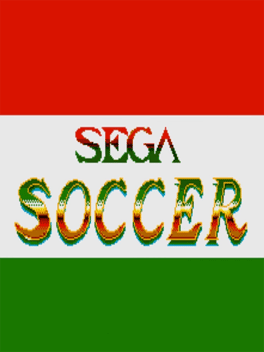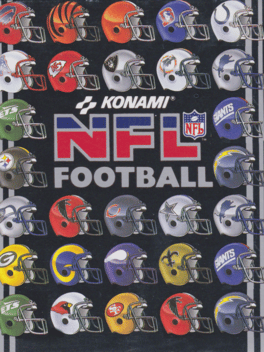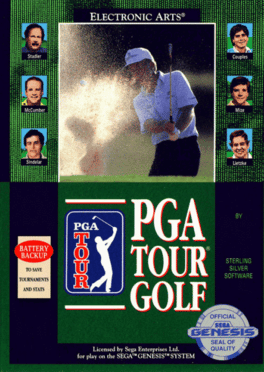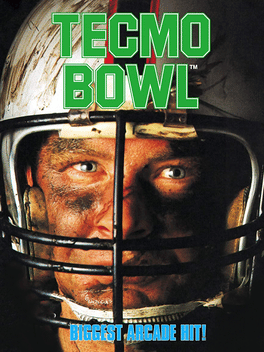New Sport Games - Page 214
-
Bowl-O-Rama
1991
Bowl-O-Rama
1991
This upgrade for a different Capcom bowling title contains three variations of bowling games. Some machines dispense tickets. -
World League Soccer
1991
World League Soccer
1991
Viewed top-down, the controls involve trapping the ball under your foot, giving you time to prepare passes. Running with the ball is tricky at first, as it doesn't stick to your foot the way it did in contemporary football games. Complex moves such as overhead kicks, back-heels and long-range through-ball passes can be completed with practice. -
TV Sports Hockey
1991
TV Sports Hockey
1991
The stadium organ is pumping as you faceoff against international competition. Play any position, even goalie, with total control. Experience all the stick handling, slap shots, body checks and fisticuffs of world class hockey. Make strategic goalie and line changes. If their goon slams you into the boards, drop your gloves and duke it out. Now you're flying down the ice on a power play. You wind up and crank a high, blazing slap shot, but their goalie's reaching up and...Welcome to World War III, hockey style! -
Chiyonofuji no Ooichou
1991
The player is able to customize their own sumo wrestler by giving him a unique appearance. Characters have a chibi appearance to them. Items that can be added include are the eyes, ears, mouth, and nose. Once the customized wrestler is created, he must fight against other sumo wrestlers for the title of Yokozuna. There are two bars for each player that allow the player to fend off and deliver attacks. A tutorial mode is added that allows players to practice their moves against an AI opponent that is lower in intellect that the actual game's AI. -
Play Action Football
1991
-
Hal Wrestling
1991
Hal Wrestling
1991
star 5.6Get a headlock on fun with Hal Wrestling! Eight rompin', stompin' brutes squares off in a head-to-head matches any sports fan can enjoy! All the pro wrestling moves you can use and a few you haven't seen before! Go one-on-one against the computer or a friend, or round up your own four-man wrecking crew for thunderous action! Hal Wrestling - we're coming to get YOU! -
In Your Face
1991
In Your Face
1991
In Your Face is a Sports game, developed and published by Jaleco Entertainment, which was released in 1990. -
Bulls vs Lakers and the NBA Playoffs
1991
Bulls vs Lakers and the NBA Playoffs is a basketball video game developed by Electronic Arts and released in 1992 exclusively for the Sega Mega Drive. The game is the sequel to Lakers versus Celtics. The game's name refers to the previous season's NBA championship series, the 1991 NBA Finals matchup between the Chicago Bulls and Los Angeles Lakers. It is the second game in the NBA Playoffs series of games. Although there is no SNES version for Bulls vs Lakers, the SNES (and first) version of Bulls vs. Blazers was heavily based on Bulls vs Lakers, with the later Mega Drive version introducing a few changes from this. Bulls vs Lakers introduced a television broadcast-style presentation with a fictional television network, "EASN", the Electronic Arts Sports Network. It was the first team basketball game to feature an in-game instant replay feature. Bing Gordon, the Chief Creative Officer of Electronic Arts, was featured as the game announcer. This was also the first game to depict NBA team logos on the courts. Game -
Soccer Challenge
1990
Soccer Challenge
1990
Soccer Challenge is a series of mini-games designed to 'hone your skills' in some of the key disciplines of the sport (tackling, passing and penalties) before taking on a stamina building assault course. -
GlobeTrotter
1990
-
Barbie Tennis
1990
-
Blades of Steel
1990
-
Blades of Steel
1990
-
Blades of Steel
1990
-
Sega Soccer
1990
Sega Soccer
1990
Sega Soccer is a port of World Cup Italia '90, released inside compilations in Europe. This version of the game removed the license from FIFA and mentions any mentions of Virgin Mastertronic (the previous publisher). -
NFL Football
1990
NFL Football
1990
NFL Football is a football game based on the American NFL. The player can only participate in exhibition matches and has the choice between 28 teams which differ slightly in speed. Before a play, the player has the option between several tactical approaches (six in offense, seven in defense) and then the player directly controls the active athlete who is marked with an arrow. After a ball throw the control switches to the receiving athlete and the player has to catch it. Punts and kickoffs are automated. -
Tecmo Bowl
1990

